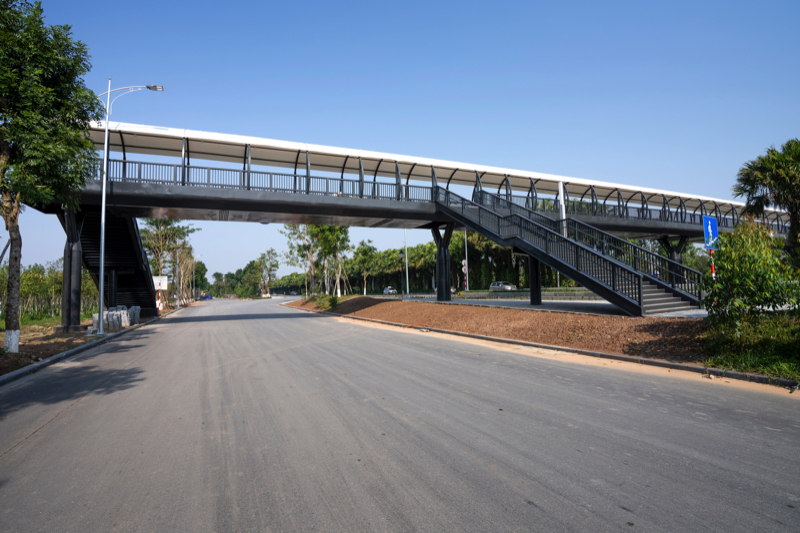Repairing a Damaged Asphalt Driveway

Asphalt driveways are popular due to their durability and affordability. However, over time, these surfaces can develop cracks, potholes, and other forms of damage due to regular wear and tear, extreme weather conditions, or improper installation. Promptly addressing such issues is crucial to maintain the functionality and aesthetics of your driveway. In this article, we will explore the steps involved in repairing a damaged asphalt driveway, discussing techniques such as crack sealing, pothole patching, and resurfacing to help restore the integrity of your driveway.
Assessing the Damage
The first step in repairing a damaged asphalt driveway is to assess the extent of the damage. Walk along the driveway and identify any visible cracks, potholes, or areas with crumbling or deteriorated pavement. It is essential to distinguish between surface-level damage and deeper structural issues to determine the appropriate repair method.
Crack Sealing
Cracks are a common problem in asphalt driveways and should be addressed promptly to prevent further deterioration. For smaller cracks, typically less than a quarter-inch wide, a rubberized asphalt-emulsion crack filler can be used. The crack should be cleaned thoroughly, removing any debris or vegetation, before applying the filler with a caulking gun or pour pot. Smooth the filler with a putty knife or trowel, ensuring it is level with the surrounding pavement.
For larger or deeper cracks, a more extensive repair technique may be necessary. Saw cutting the crack and removing the damaged section may be required, followed by cleaning and filling the gap with a hot pour crack sealant. This method provides a more durable and long-lasting repair.
Pothole Patching
Potholes are depressions or cavities in the pavement caused by the underlying materials weakening or collapsing. Repairing potholes involves a multi-step process. Begin by removing any loose debris, vegetation, or water from the pothole. Square off the edges of the pothole using a saw or chisel to create a stable base for the patching material.
Next, apply a tack coat of asphalt emulsion to the sides and bottom of the pothole to ensure proper adhesion of the patching material. Fill the hole with an asphalt patching compound, such as cold-mix asphalt or hot-mix asphalt, depending on the scale of the repair. Compact the patch material with a tamper or vibratory plate compactor, ensuring a level and sturdy surface.
Resurfacing
In cases where the damage is extensive or the overall condition of the driveway is compromised, resurfacing may be necessary. Resurfacing involves applying a new layer of asphalt over the existing pavement to restore its appearance and functionality. Before resurfacing, it is crucial to repair any cracks or potholes as mentioned earlier.
The process begins with cleaning the driveway thoroughly, and removing debris, dirt, and any loose materials. A tack coat is then applied to promote bonding between the existing surface and the new layer. The new asphalt is typically applied in two or more layers, and compacted using a heavy roller to ensure a smooth and even surface.
Conclusion
Repairing a damaged asphalt driveway requires a systematic approach to address specific issues such as cracks, potholes, or general wear and tear. By accurately assessing the damage and selecting the appropriate repair method, homeowners can restore the integrity and extend the lifespan of their driveways. Whether it’s crack sealing, pothole patching, or resurfacing, regular maintenance and timely repairs are essential to protect your investment
Contact us
 Phone Call |
 Text Message |
 |







